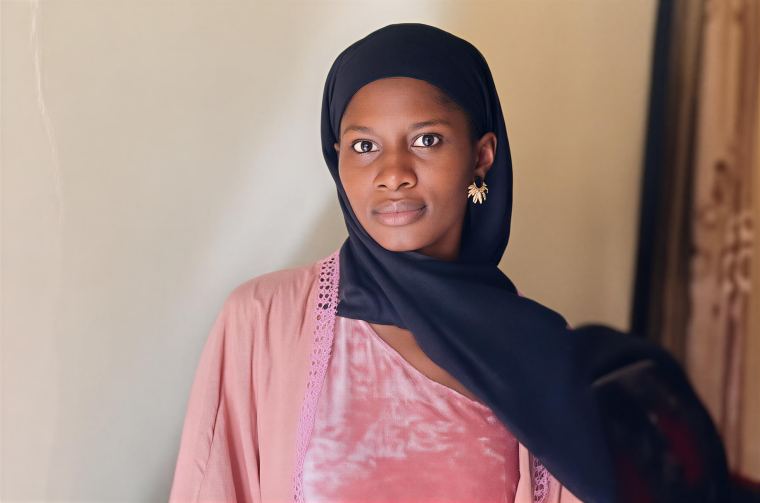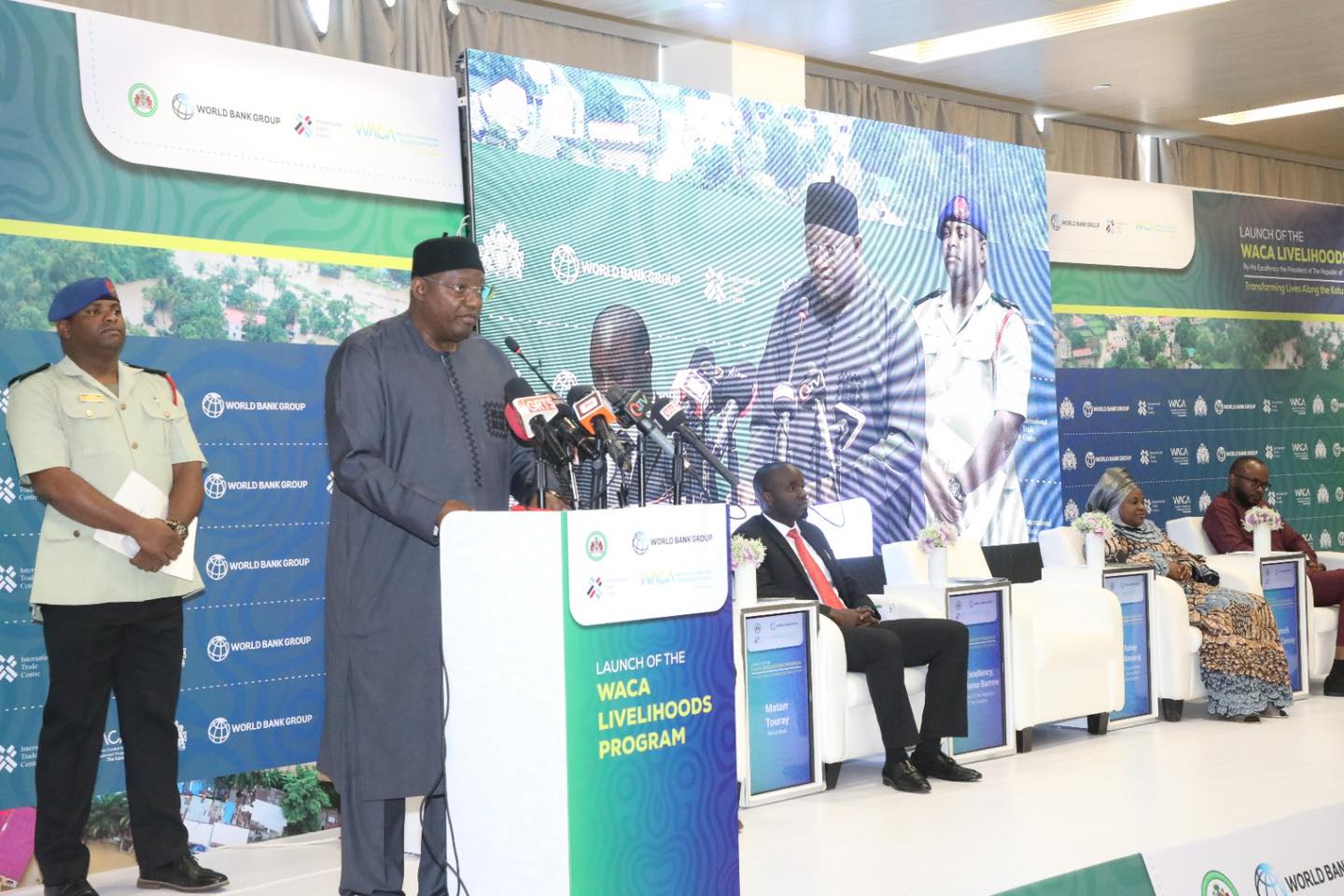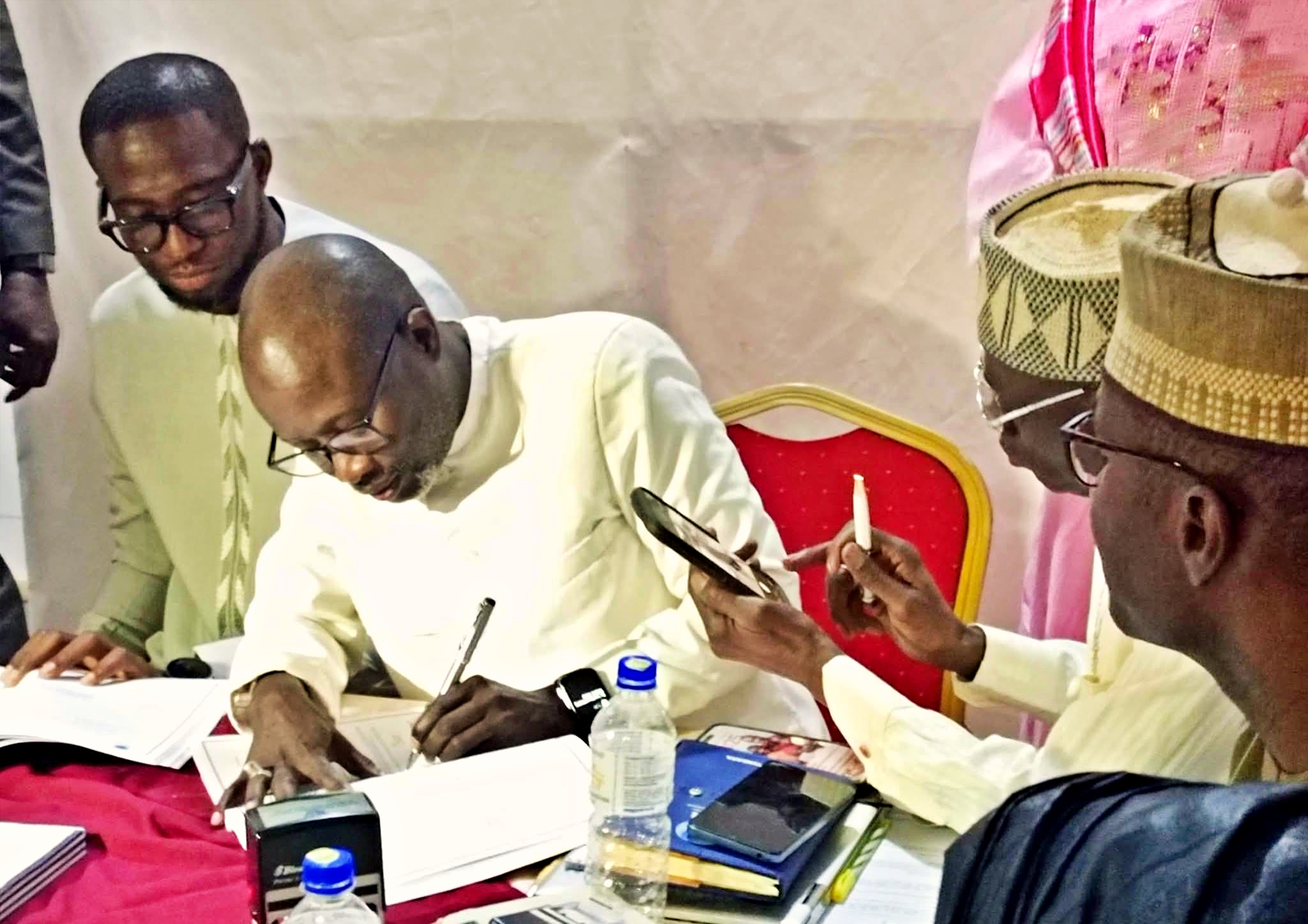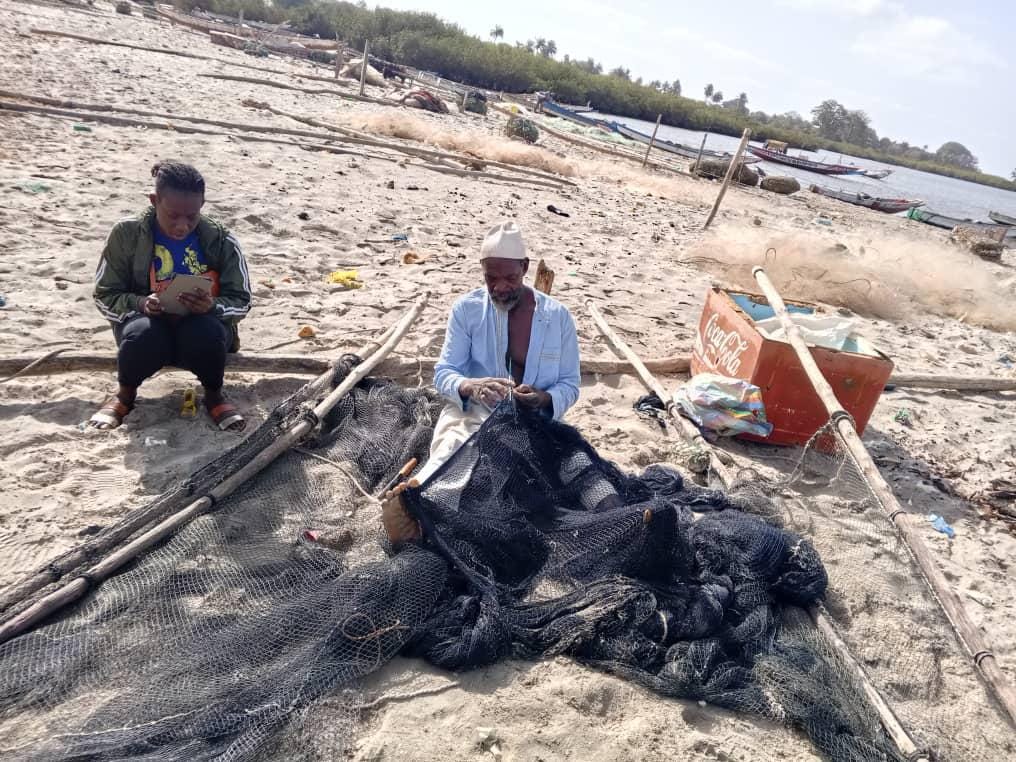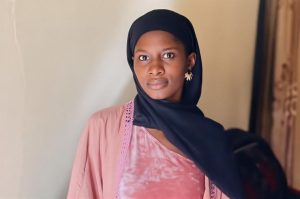Gambiaj.com – (BANJUL, The Gambia) – The Department of Fisheries has initiated a comprehensive nationwide frame survey of fisheries landing sites across The Gambia. This census-based approach involves meticulous data collection on all fishing inputs and operators to provide accurate and current fisheries data.
The primary objective of the frame survey is to deliver crucial information on the number of fishermen, canoes, and fishing gears operating within the country.
According to officials, the survey will also capture essential details such as the characteristics and geographical distribution of fish landing sites, the distribution of fishing units by gear and fishery type, and the estimated number of fishermen by stratum. Additionally, it will record the characteristics of fishing unit patterns, seasonal use of fishing gear, and the socio-economic and demographic profiles of fishing communities.
Momodou S. Jallow, the Head of Research and Development at the Department of Fisheries, highlighted the importance of conducting frame surveys at least every two years for effective fish stock assessment and management. However, Jallow noted that in The Gambia, these surveys are typically conducted every five years due to financial constraints.
“Frame surveys are invaluable for various fisheries data users, including managers, economists, and biologists. For fisheries managers, understanding the number of Fishing Economic Units (FEUs) operating within a fishery is crucial for effective planning, management, and development of the sector,” Jallow explained.
The 2024 frame survey will establish a realistic database to inform strategies for domestic resource mobilization, food security, and poverty reduction. It will provide a broad statistical picture of the artisanal fisheries sub-sector, contributing to the sustainable development and management of The Gambia’s fisheries resources.
The small-scale fisheries sub-sector in The Gambia is highly diverse, encompassing marine, estuarine, and freshwater fishing operations. Communities along the Atlantic coastline and the River Gambia and its tributaries engage in artisanal fishing activities. These range from subsistence fishing to economically significant activities such as shrimping and catching high-value demersal fish species like sole fish and cuttlefish.
Fisheries experts have indicated that the 2024 frame survey will be nationwide, covering all five fisheries strata. It will be part of the Sectoral Development Program, funded through the Fisheries Development Fund. The artisanal fishery sub-sector in The Gambia primarily involves extensive low-input fishing practices. Most artisanal fishermen use traditional fishing crafts and employ diverse fishing gears and techniques such as entangling and surrounding gill nets, hand and long lines, cast nets, and traps.
Experts noted that The Gambia’s mangrove vegetation along riverbanks is rich in oysters and other shellfish. Data on the shellfish fishery will aid in planning, preventing mangrove degradation, and monitoring climate change impacts on river fish resources. Many Gambians, predominantly women, are employed in this sector, and there is significant potential to expand the oyster fishery and develop its value chain.




